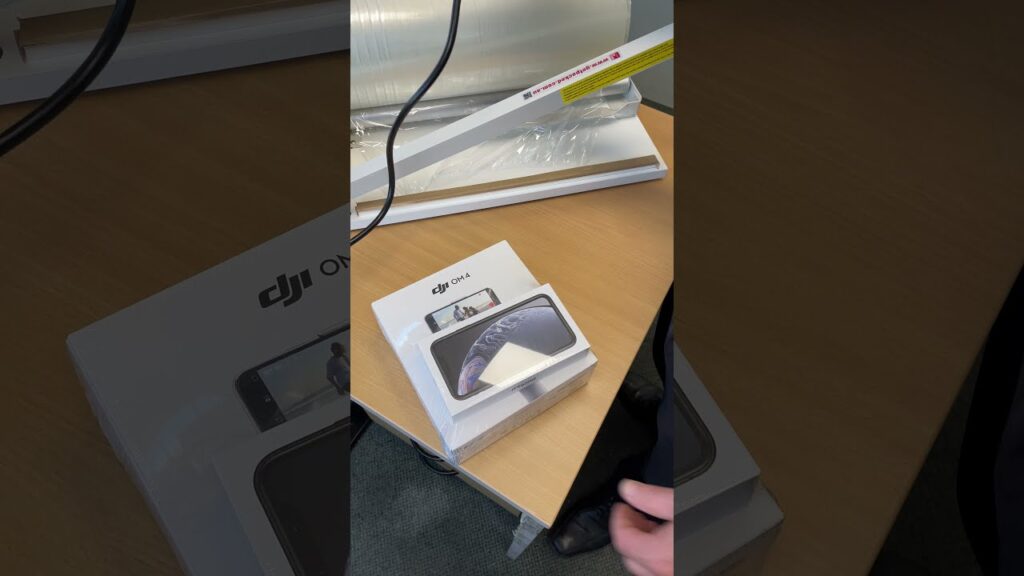Heat Shrink Tubing: A Versatile Solution for various Industries
As industries continue to advance and innovate, there is a growing need for efficient and reliable methods to protect and insulate electrical components. One such solution that has gained significant popularity is heat shrink tubing. In this article, we will delve into the world of heat shrink tubing and explore the various applications and benefits it offers. From its installation methods to the diverse industries it serves, we aim to provide a comprehensive overview of this fascinating technology.
Heat shrink tubing is a tightly shrinkable plastic tube that, when exposed to heat, contracts and conforms to the shape of the underlying object. The primary purpose of heat shrink tubing is to provide insulation, strain relief, and environmental protection to electrical components. It offers a cost-effective and efficient solution for bundling wires, splicing cables, and protecting delicate components from moisture, heat, and impact.
To explore the various capabilities of heat shrink tubing, we turn to the Heat Shrinking Machine. This processing machine has revolutionized the installation process, making it faster, more precise, and consistent. The Heat Shrinking Machine employs controlled heat and pressure to activate the heat shrink tubing, seamlessly encapsulating the component it is applied to.
One of the advantages of using a Heat Shrinking Machine is its versatility. The machine can be configured to accommodate heat shrink tubing of various sizes, diameters, and materials. This flexibility allows for the application of heat shrink tubing in a wide range of industries, including automotive, aerospace, electronics, telecommunications, and more.
In the automotive industry, heat shrink tubing plays a crucial role in protecting wire harnesses, connectors, and electronic components from extreme temperatures, vibrations, and moisture. With the help of a Heat Shrinking Machine, the tubing can be efficiently installed, ensuring a secure and durable seal. The ability to tailor the tubing to specific dimensions and materials makes it an essential tool for automakers.
In the aerospace sector, where safety and reliability are paramount, heat shrink tubing finds extensive use in cable bundling, identification, and insulation. With the Heat Shrinking Machine’s precise control and uniform application, astronauts and pilots can be confident in their equipment’s performance even in the most challenging conditions. The aviation industry heavily relies on heat shrink tubing and the advanced machinery that enables its installation.
The electronics industry is another sector that benefits greatly from the application of heat shrink tubing. From protecting circuit boards and components to insulating connectors and solder joints, heat shrink tubing proves its worth in ensuring the longevity and functionality of electronic devices. The Heat Shrinking Machine streamlines the installation process, saving time and providing a high-quality finish.
These are just a few examples of how the Heat Shrinking Machine, in combination with heat shrink tubing, caters to diverse industry requirements. The machine’s high precision and efficiency make it a valuable asset for any company looking to enhance the reliability and performance of their products.
In conclusion, heat shrink tubing, when installed using processing machines like the Heat Shrinking Machine, offers a versatile and efficient solution for various industries. With its ability to provide insulation, strain relief, and protection against environmental factors, heat shrink tubing has become an indispensable tool for modern-day applications. Whether it’s automotive, aerospace, electronics, or any other industry, the Heat Shrinking Machine ensures consistent and reliable installation, raising the bar for quality and durability.
References:
– Heat Shrink Application Tooling Overview. (Date retrieved: Month Day, Year).
Shrinking Machine
“Efficient Heat Shrink Application Tooling and Machine Overview: Streamline Your Shrink-Wrapping Process!”


